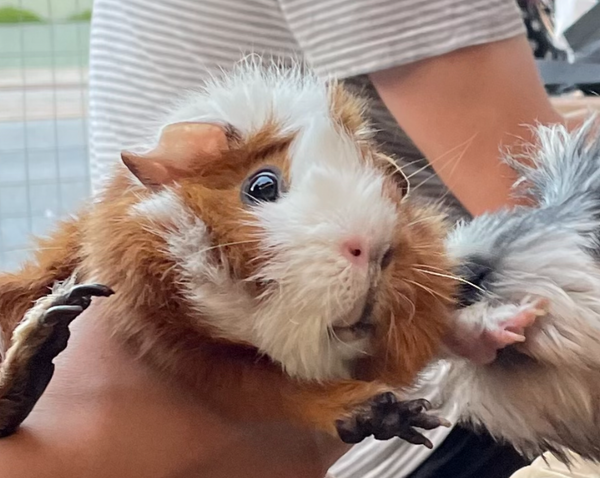To Dire Wolf Or Not To Dire Wolf?
An American company claims to have revived an extinct species - but have they?
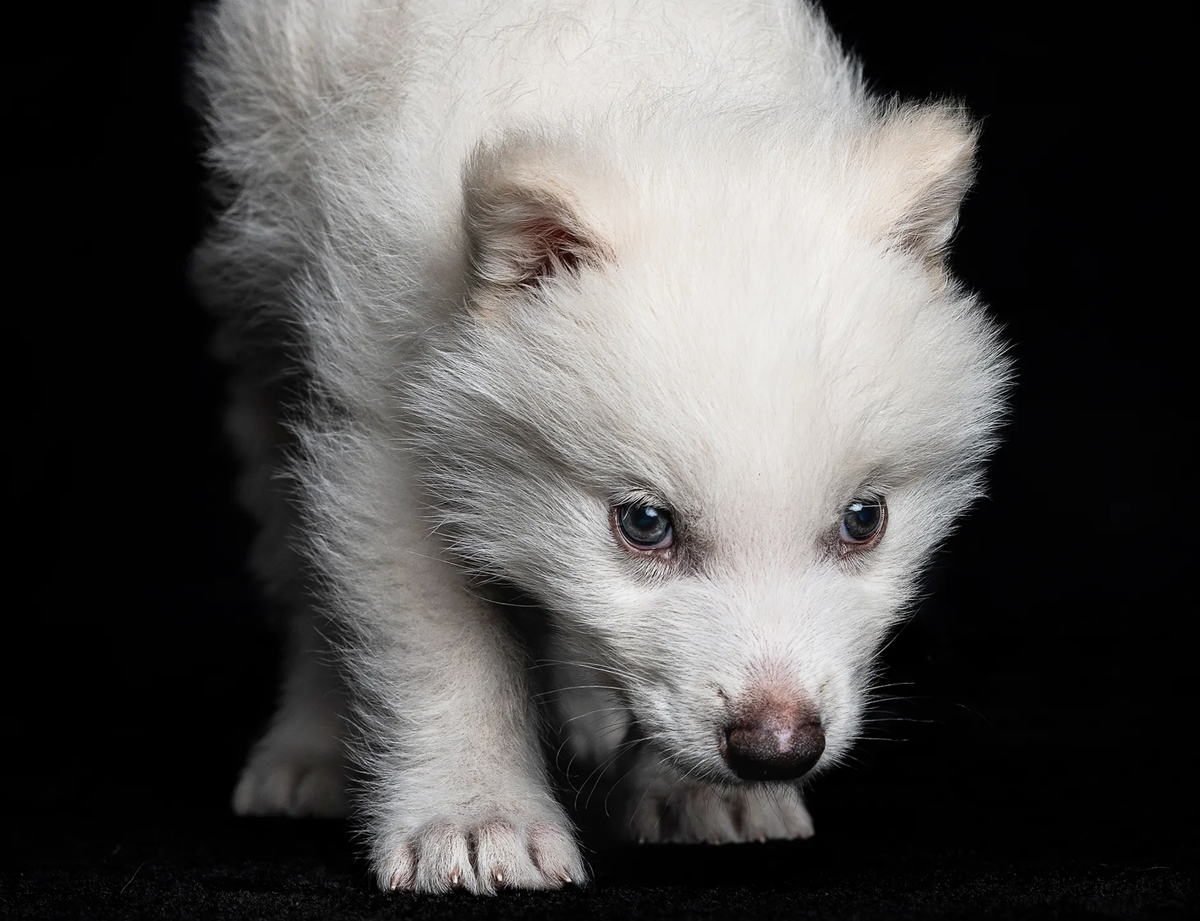
Hi,
Back in September of 2023, I got pitched an interview:
David -
Thanks for the quick response to the DM! Means the world. Re-stating some of the DM below for your team’s reference -
I run a business called Animal Capital - we are a venture capital fund advised by Noah Beck, Paris Hilton, Christina Aguilera and Mark Wahlberg.
“Wow! Racist hate crime mongerer Mark Wahlberg,” I thought, quickly googling Animal Capital to discover what sounded like a truly insufferable venture capital firm “that relies on its investors social media prowess to improve the fortunes of early-stage companies in which the firm exists.”
I read on, intrigued:
One of our portfolio companies is called Colossal — They have promised to rebirth the woolly mammoth and the dodo bird. The business has now had over 22B impressions and raised $225m.
It’s really going to happen!
The founder Ben Lamm is a HUGE fan of the podcast (he founded Colossal with the founder of modern genetics George Church).
He would love to be on the podcast and I think would be a great guest (clearly super biased) but he has the real potential to be the next Dorsey, Spiegel, musk so could be cool for you guys!
I didn’t follow it all up properly, dismissing it as an annoying use of money and celebrity. In my guts, at the time, it sounded like maximum tech bro tomfoolery.
Well, this week we didn’t get a doco or a mammoth — but we did get a dire wolf:

The first run of articles about Colossal’s colossal announcement all echoed the same central premise: The return of the dire wolf. Time magazine had the most lush spread yesterday, which is proudly linked to from Colossal’s own website:
Romulus and Remus are doing what puppies do: chasing, tussling, nipping, nuzzling. But there’s something very un-puppylike about the snowy white 6-month olds—their size, for starters. At their young age they already measure nearly 4 ft. long, tip the scales at 80 lb., and could grow to 6 ft. and 150 lb.
Then there’s their behavior: the angelic exuberance puppies exhibit in the presence of humans—trotting up for hugs, belly rubs, kisses—is completely absent. They keep their distance, retreating if a person approaches. Even one of the handlers who raised them from birth can get only so close before Romulus and Remus flinch and retreat.
This isn’t domestic canine behavior, this is wild lupine behavior: the pups are wolves. Not only that, they’re dire wolves—which means they have cause to be lonely.
The front page is beautiful and awe inspiring. As someone whose first movie in a theatre was Jurassic Park, it literally gave me goosebumps. In a world full of selfish idiots and lonely people with power, it felt like a reminder of what’s possible:
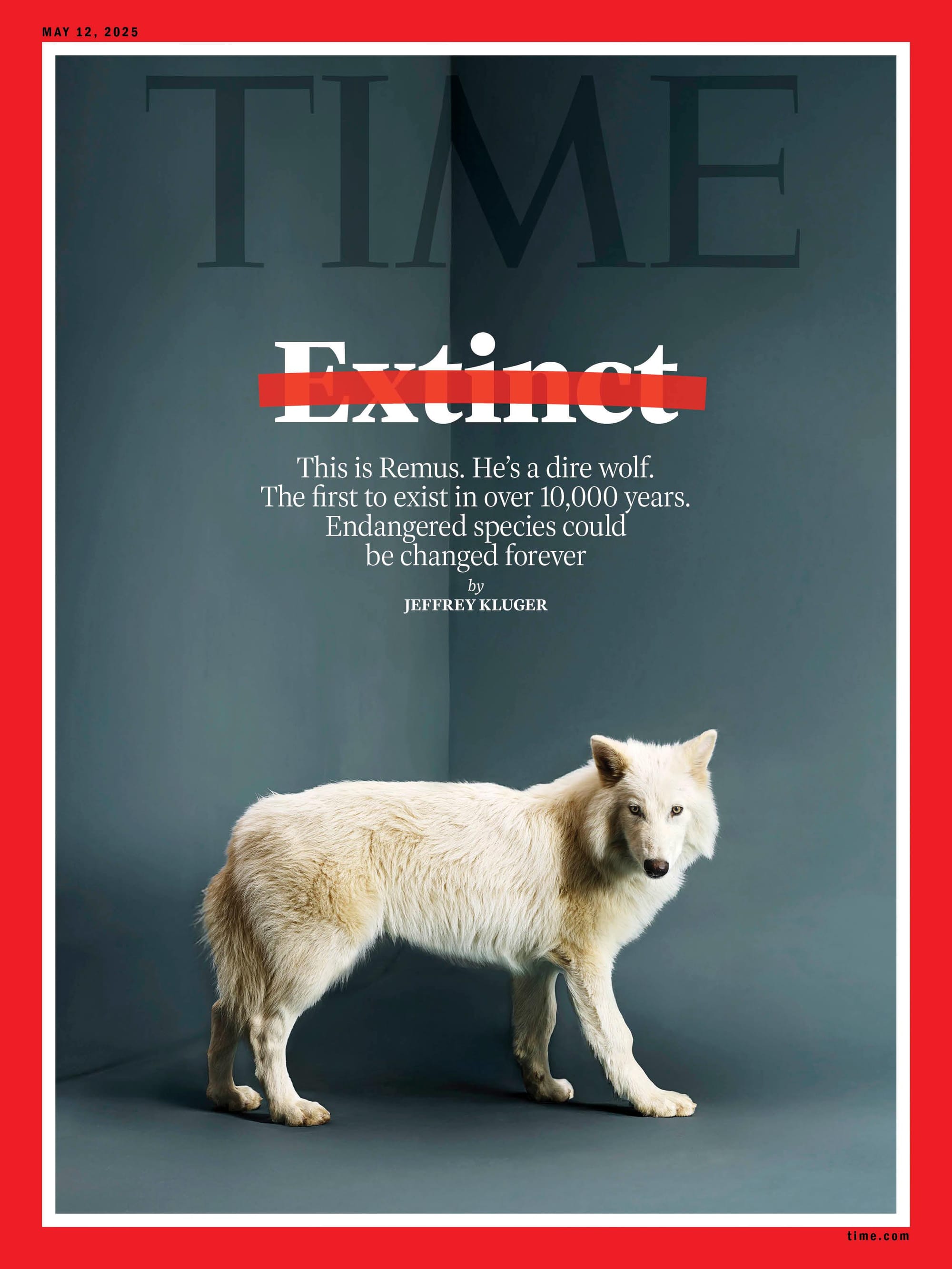
Yesterday’s articles all told a similar story. Scientists at Colossal got ancient preserved dire wolf DNA from a 13,000 year old tooth in Ohio and a 72,000 year old ear bone in Idaho, rewrote the code of a wolf to match it, then used bog standard dogs as surrogates for baby dire wolves.
“These pups were the first to produce a howl that hadn’t been heard on earth in over 10,000 years,” wrote Time. “Effectively for the first time de-extincting a line of beasts.”
Except — had they?
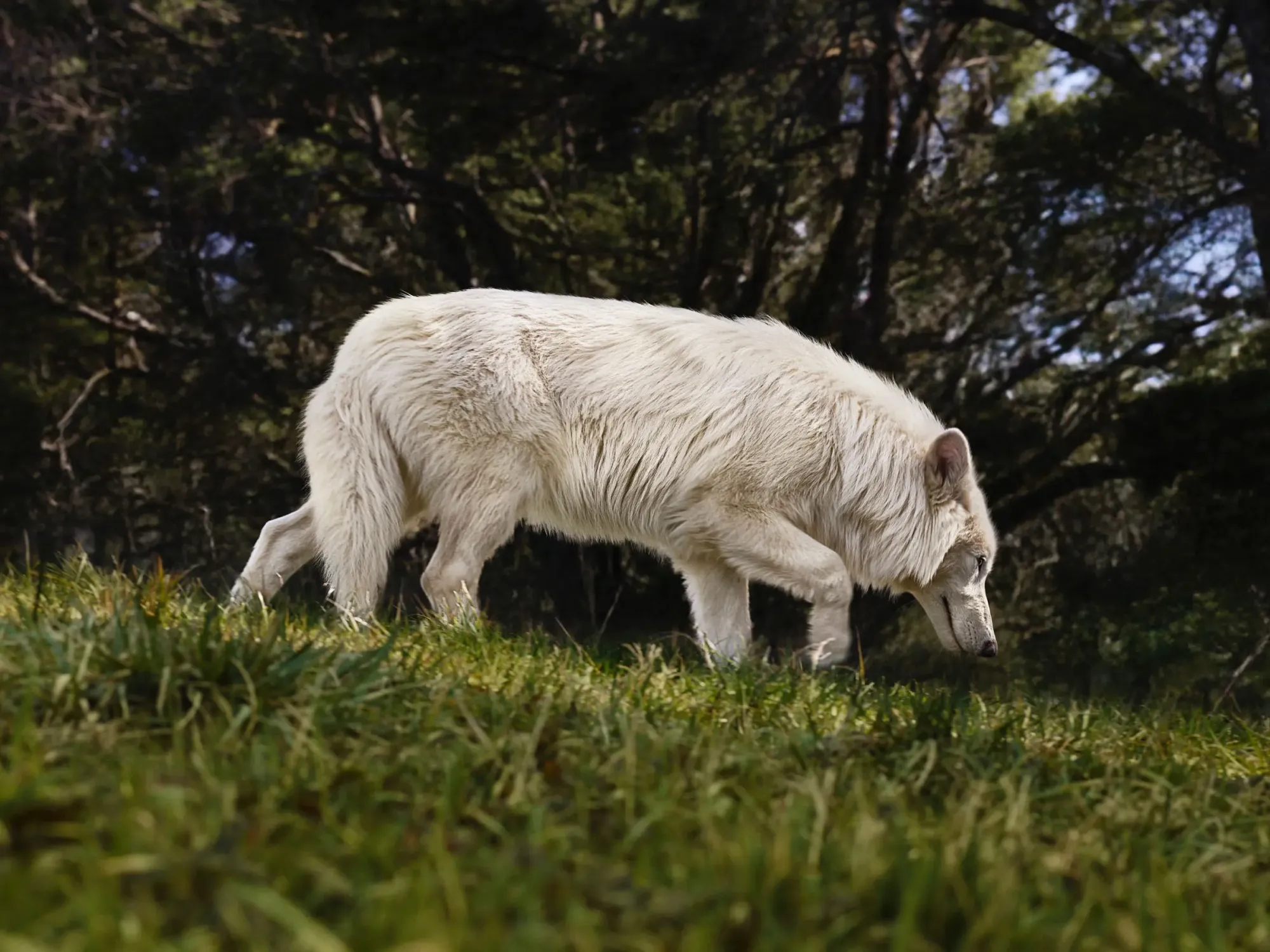
Back in February, an article in the Guardian titled “‘It won’t end like Jurassic Park!’ The man who wants to bring the mammoth and dodo back to life” was treated with skepticism by many, including by Matthew Cobb, a professor who writes on the history of science. “More dreadful tech-bro gushing,” he tweeted, going on:

Today, the MIT Technology Review published a piece stating: “Colossal Biosciences claims it has revived an extinct species, but scientists outside the company are skeptical.”
Journalist Antonio Regalado begins by talking about the site where the wolves are housed:
A 2,000-acre preserve, protected by a nine-foot fence built to zoo standards. It is off-limits to curious visitors, especially those with a passion for epic fantasies or mythical creatures.
For several years now, the Texas-based company has been in the news for its plans to re-create woolly mammoths someday. But now it’s making a bold new claim—that it has actually “de-extincted” an animal called the dire wolf.
And that could be another reason for the high fences and secret location—to fend off scientific critics, some of whom have already been howling that the company is a “scam” perpetrating “elephantine fantasies” on the public and engaging in “pure hype.”
Then Regalado gets to the guts of it all — the rebuttal to Colossal’s (and much of the media’s) bold claims:
Some scientists reject the company’s claim that the new animals are a revival of the extinct creatures, since in reality dire wolves and gray wolves are different species separated by a few million of years of evolution and several million letters of DNA.
“I would say such an animal is not a dire wolf and it’s not correct to say dire wolves have been brought back from extinction. It’s a modified gray wolf,” says Anders Bergström, a professor at the University of East Anglia who specializes in the evolution of canines. “Twenty changes is not nearly enough. But it could get you a strange-looking gray wolf.”
The chief scientific officer of Colossal has a different take, calling it a philosophical argument: “What we’re going to have here is a philosophical argument about whether we should call it a dire wolf or call it something else.”
I kinda call bullshit on that.
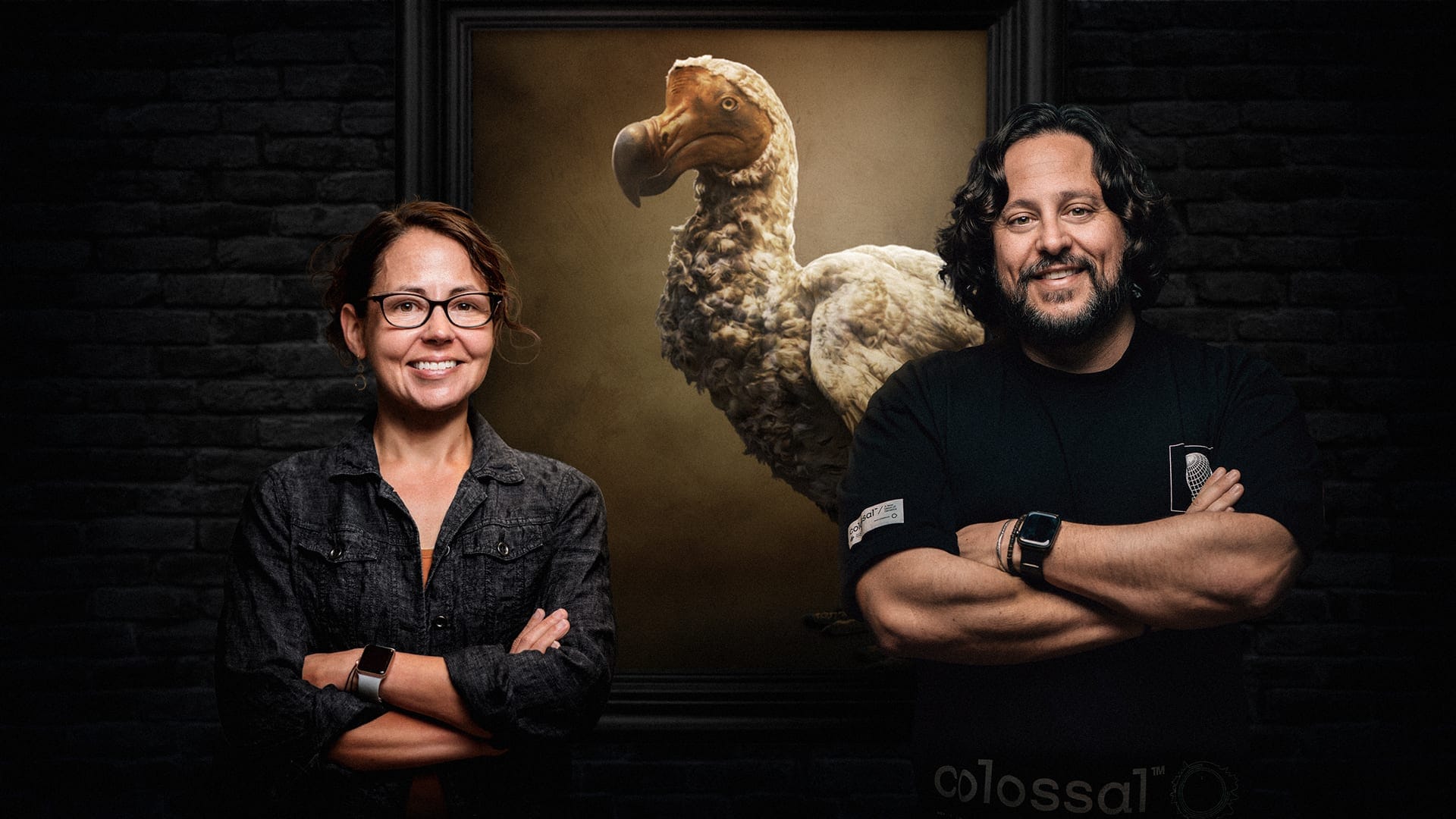
Yes, there is most certainly an intersection between philosophy and science. There are giant, terrifying, wonderful conversations to be had about whether we should be trying to bring extinct species back, that build and expand on what Jeff Goldblum’s Dr Ian Malcolm had to say: “Your scientists were so preoccupied with whether or not they could, they didn’t stop to think if they should.”
There are thousands of philosophical arguments to be had about what Colossal — and no doubt other tech firms — are attempting to do. But if your entire premise is a scientific breakthrough then you better have the receipts.
And I guess in the coming months we’ll find out.
Of course what this all boils down to is money. Money and hype. This is a company that had raised $225 million back in 2023. It will have burned through a great deal of that cash, and it needs more, and gushing Time cover stories about extinct species coming back to life will definitely be helping.
And it keeps coming — this headline appearing just 45 minutes ago:

Turns out that author George RR Martin, the man who made dire wolves famous, is an investor and “cultural advisor” with Colossal. As someone very dear to me just messaged:

What do you think about all this?
For now, I am just gonna squish the faces of canines that haven’t gone extinct yet.
David.

Bits and Bobs:
Today at 2pm PT (that’s 9am in New Zealand) I am doing something I haven’t done on this newsletter before, and am going live with my friend Liz Plank. She’s Canadian and here working in the US too, and we figured we’d talk about all this ICE and deportation stuff. She’s smarter than me so I am basically just using this as an excuse to learn. The product is a bit janky, so we’ll see how it goes — it’s easiest if you have the app on your phone — or hopefully if you visit www.webworm.co or Liz’s newsletter.
Melody Thomas has written a profile of me called “David Farrier is Obsessed with Obsessives— So Who's the Real Sicko?” I don’t normally share this sort of thing because you are already sick of me, but I really enjoyed the process of how she worked, and really like the result. It’s deeply weird.
We have been doing video of Flightless Bird for awhile now on YouTube, and as of today we’re now doing video on Spotify, too. I know Spotify is a nightmare place for artists but as I have written before, “No Matter What I Do, Everything I Do Is Bad.” We also have a live show in Portland this Sunday, and San Francisco next weekend.
I keep forgetting to bring this up, but if you want to rep Webworm in the real world we have a bunch of merch that ships worldwide.
A long time ago I was lucky enough to briefly interview dire wolf enthusiast George RR Martin. This isn’t a great interview (I was nervous and annoying) but hey, it’s a weird bit of pop culture for you!




